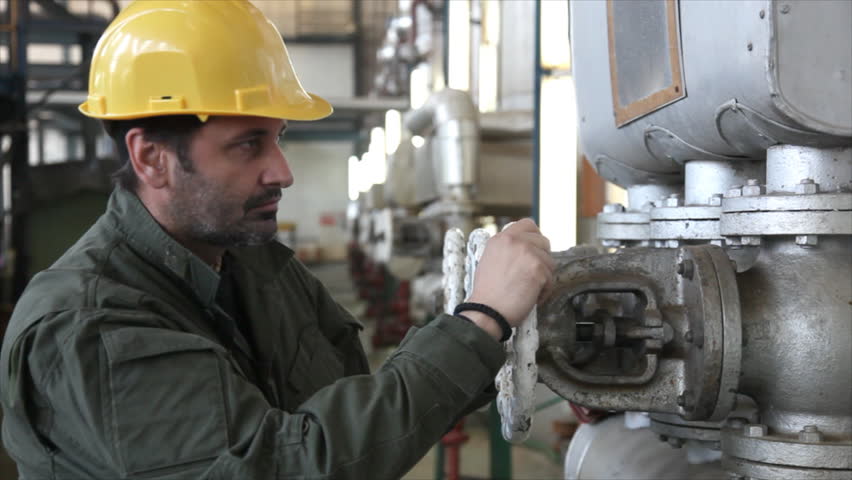Demolitions in Construction Industry Risks
Demolitions in Construction Industry Risks
Demolition, alternatively known as razing and wrecking is the practice of taking down buildings for a variety of reasons. Some structures are taken apart carefully to preserve some valuable elements while others require being torn down in order to make way for new construction.
A demolition is more complex than many think where they only destroy things and raise destruction around the vicinity and the building itself. It is more orderly and is classified by methods used such as: 
- Interior demolition is a process that starts by removing the interior walls, pipes and ceilings of your structure in preparation for an upcoming renovation project. This gives more space to work with during renovations.
- A selective demolition project is a carefully planned process that may involve removing some parts of the building while preserving others. The destruction can be limited to one area, or it might cover an entire structure's exterior in order for construction crews to start work on rebuilding certain areas.
- Dismantling is a more labor intensive process for deconstructing structures than demolition, and can preserve components that are reused or recycled.
- Total demolition is self-explanatory, where a specific building and structure within vicinity is razed.
- Mechanical demolition is an efficient and effective way to get rid of buildings, but it does have its drawbacks. The process requires specialized tools that can either be very large or small depending on the task at hand. For instance, hydraulic excavators are necessary for heavy duty tasks like breaking concrete and steel while smaller machines such as skid steers loaders work well in more confined spaces where precision is needed.
- Implosion is a process that can bring down high structures by undermining structural supports so the building collapses within its own footprint or along a predetermined path. Unlike other types of demolition, implosion only happens in less than 1% of projects and it's used to demolish buildings such as landmarks with historical significance.
- One of the earliest methods for demolition is to use a crane and wrecking ball. The latter method has largely been replaced with more sophisticated ways like excavators and other mechanical means that offer better precision, efficiency, and safety.
Risks Of Demolition
Working in such a workplace where multiple hazards exist such as construction site, one should be wary of accidents. On construction sites, accidents can happen frequently and it is statistically proven. According to OSHA, two construction workers die of work-related injuries in the United States each day. In fact, one in five workplace fatalities are construction-related. Some factors of these numbers are:
- Uncoordinated detonation is a traumatic event, and it's one that can lead to untimely death for workers. The most common cause of premature detonations on construction sites are when the person handling the explosives does not wait long enough. Premature explosions result in shrapnel injuries like lacerations from rocks flying into them as well as falls from heights which often happen due to great shifts in weight happening too quickly.
- Unexpected collapse is pretty self-explanatory, this event cause numerous chunks of debris fall of to workers, common debris present in the workplace is concretes which damage is fatal.
- Poor planning can lead to many serious injuries. Contractors and site owners must adhere to a rigorous sequence of events in order to avoid this fate, or else they may be liable for the consequences.
- Faulty demolition tools and equipments have the potential to start an unexpected fire or release dangerous toxins into the air, such as explosives. This is a serious concern, and one that many manufacturers are taking seriously by providing safer protective equipment for workers in order to avoid or mitigate this hazard's damage.
- Lapses on precautions and safety are a costly and dangerous business. Explosives must be installed and detonated by experienced professionals in accordance with state, federal, and local safety procedures to avoid any potential liability for an employer or third party after the detonation activities have been completed.
Common Violations Committed
These are the most common violations committed by most Companies according to Occupational Safety and Health Administration (OSHA):
- Lacking Fall Protection
- Hazard Warnings and Informations
- Poorly Built Scaffoldings
- Respiratory Protection
If you or a loved one has been injured during building demolition, it may be time to contact the team of Ryan LLP construction accident attorneys. They have experience obtaining compensation for those that are unable to work due to injuries sustained while on duty with no out-of-pocket expenses at their own expense.
